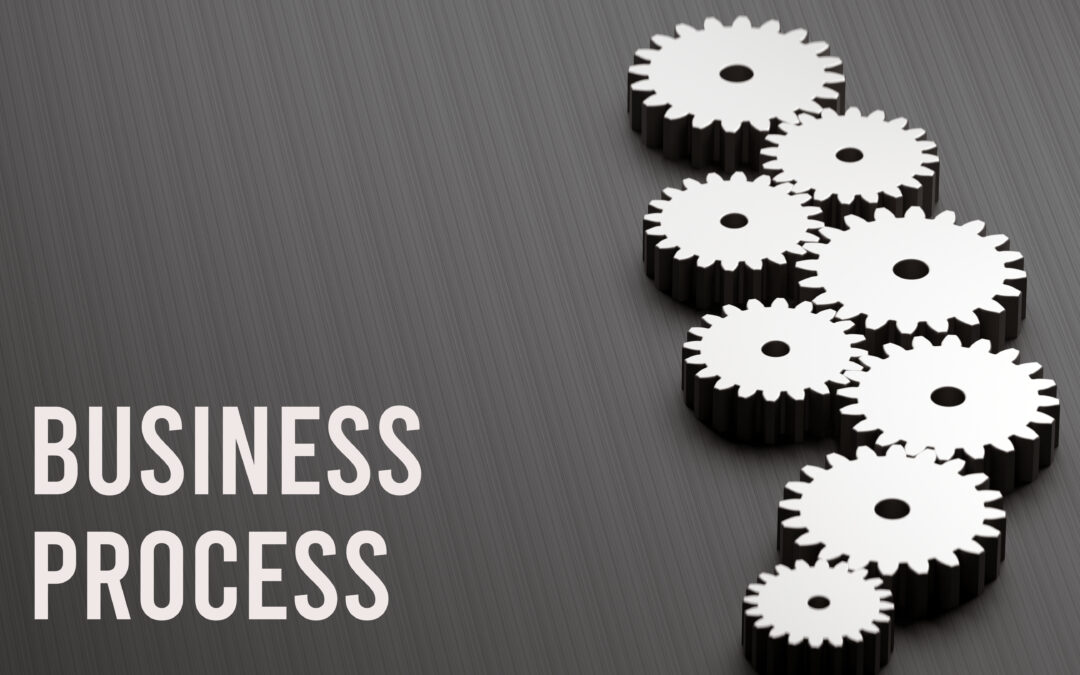Have You Heard of “Wa-Agile”?
Post-pandemic, there is a clear trend that technology projects are seeing the highest level of approvals. Everyone is looking to not only grow their technological footprints, but to also achieve it in less time and while on a budget. Agile projects are being planned and executed in every organization, which appears to be the best approach to move forward.
Organizations following a waterfall model for technology project deliveries have tried to go Wa-Agile (Waterfall + Agile); another popular term used for Wa-Agile is “Semi-Agile.” This is a step forward to achieve Agile maturity. In organizations where Agile is being used for delivering projects, they are commonly moving towards a 90-days to Go-live approach as opposed to the traditional long-term 180+days delivery approach.
How to Know if a 90-Days to Go-Live Approach is for You?























